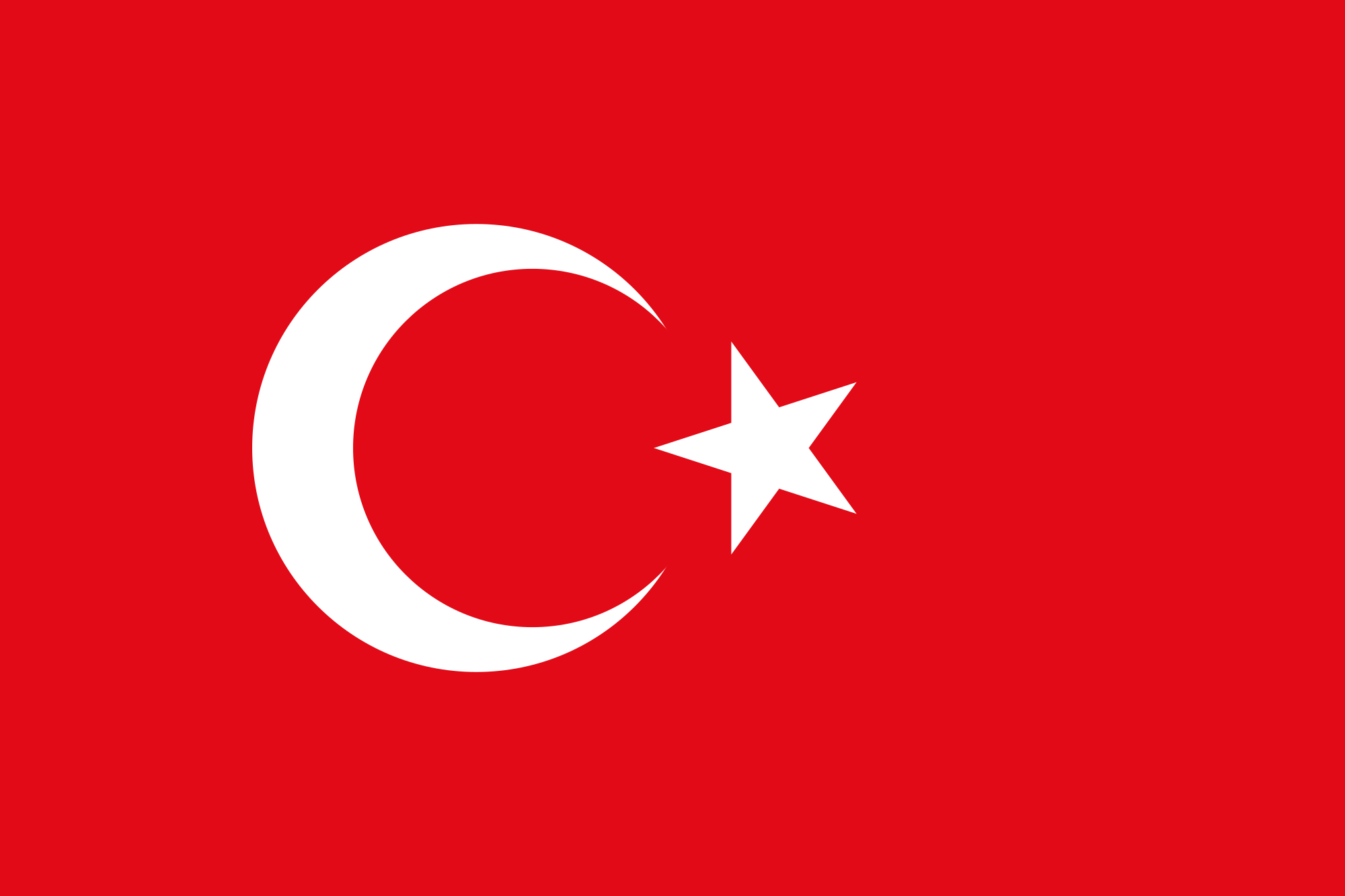VIRTUAL REALITY
VR Based Occupational Health and Safety Applications

Selection, Inspection, and Correct Use of PPE in General Working at Heights, Working at Heights with a Horizontal Lifeline, Working at Heights with a Vertical Lifeline, Working at Other Heights, LOTO Training, Fire Safety, Risk Finding, Correct Material Lifting, Confined Space and Gas Safety, and Special Simulations for Institutions, including the use of equipment, can all be developed.

TECHNICAL INFRASTRUCTURE OF VR WORK SAFETY TRAINING SIMULATIONS
- Unity physics engine is used in the development of simulations.
- Objects within the physics engine are designed using the 3ds Max modeling program.
- VR simulation software is developed using C# and Javascript software languages.
- The data of the users in the simulation is saved to the server via MYSQL database.
FEATURES OF VR WORK SAFETY TRAINING SIMULATIONS
- Virtual reality is supported by the simulation's objects.
- By transmitting sensor data from the "controller" to the computer, the user can interact with the items in the simulation.
- The user is first told what to accomplish using a lesson in the simulation.
- After completing the tutorial, the user can be tested.
- The user's hand motions, interaction with objects (holding the object, putting it on the ground, etc.), if they turn their head to the required places to focus, whether they successfully utilize the equipment they need to use, and etc are all recorded in real time in the database.
- The user can walk in the simulation and in the actual world at the same time, and the user's mistakes in the simulation have consequences in the real world. For instance, if a worker in a high-rise building fails to take the appropriate measures, the user falls from the building during the simulation, an explosion occurs as a result of welding by a welder in an area with explosive gas, and so on, the results can be reproduced.
- Users can walk in a designated region in the simulation environment, allowing them to experience the consequences of their mistakes in the simulation as if they were real, without having to encounter reality.
- The teleport mechanism can be used to exit the defined area.
- They can walk in a region determined in the same way wherever they travel in the simulation using the teleport method.
- 3D sound technology based on virtual reality is used.
- Algorithms are used to develop applications (scenarios) that display workflows.
- It is possible to interact with virtual objects using the controller. (Hands and virtual objects can communicate with one other.)
- The Unity Physics Engine is used to create user-interactive simulations.
- Objects and models developed are compatible using virtual reality.
- In the simulation, there are virtual workers executing their jobs and virtual construction equipment with user interaction.
- There are a variety of ways to complete various activities and earn points.
- They can discover the device, application, equipment, and security measures that the Controller in the simulation points out.
- In the simulation, they can use their hands to operate construction equipment and various tools in the predetermined surroundings.
- Three-dimensional models are created by simulating the real world in relevant areas of the employer's facilities.
- In the simulation, the user can view themselves as an avatar.
- The hands in the simulation move in response to the controller's location information. To put it another way, the system receives the user's actual hand movements. They can hold, release, operate, and interact with objects with the controller's buttons.
- The simulation's objects are of such high quality and realism that they do not detract from the user's perception of realism. The user can walk around the simulation in any direction and look 360 degrees in any direction.
- Since the laws of physics can be determined by our software developers in simulation, it is possible to program what kind of result will emerge in case of interaction with objects.
The VR application consists of training, free, assessment modes:
VR BASED TRAINING MODE FEATURES
The animation approach is used to generate notifications. For instance, a person welding in an explosive environment (avatar) can be replicated, and another avatar can warn the user when something is wrong. An explosion occurs in the environment where the welding person is present after the information is supplied. As though they were present at the event, the user can experience what transpired as a result of the error made.
VR BASED FREE MODE FEATURES
In free mode, the user can move freely in the environment to be evaluated. They can hold objects, use tools, walk around, climb stairs.
VR BASED EVALUATION MODE FEATURES
The user may be asked to perform tasks within the specified scenarios.



